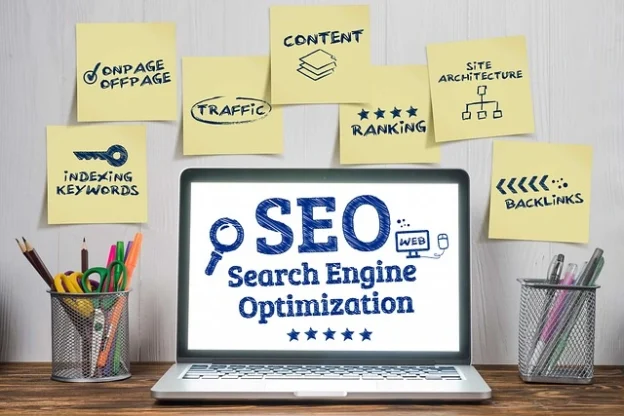How to Ensure Your Website Resonates
In many ways, content creation is as much a passion as it is a career. The desire to create and express ourselves is a fundamental part of what makes us human. And although content marketing can scratch that itch to some extent, content created for your business is not artistry.
It’s part of a strategy.
A key thing that a lot of people don’t realize about content marketing is that you cannot simply sit down and write whatever comes to mind. Instead, you need to be purposeful and deliberate in what you create.
(more…)








